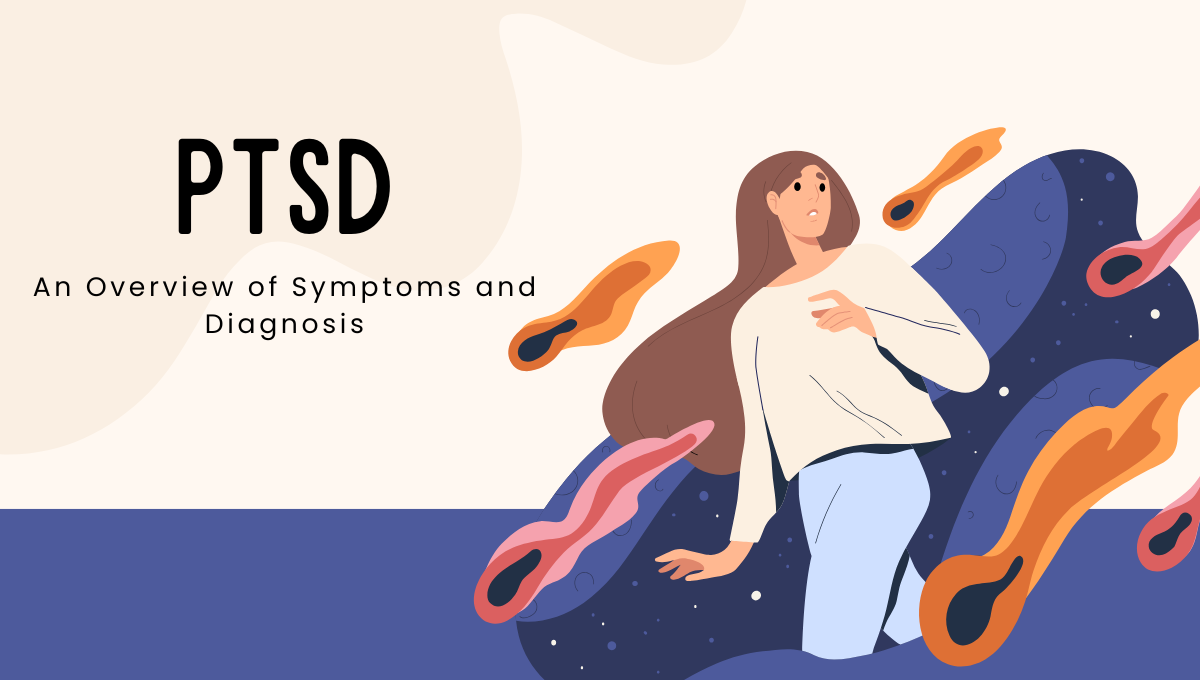Trauma is an unfortunate part of life for many, and for some, the impact lingers far longer than expected. Post-Traumatic Stress Disorder (PTSD) is a mental health condition that develops in response to experiencing or witnessing a traumatic event. In this article, we’ll explore what PTSD is, its symptoms, and how it’s diagnosed, using accessible language to bring clarity to this complex subject.
Understanding PTSD
PTSD is more than just a reaction to stress. It’s a serious condition that affects the way a person processes and copes with trauma. While it’s normal to feel upset after a traumatic experience, PTSD occurs when these feelings persist and interfere with daily life.
What Causes PTSD?
PTSD can develop after exposure to a wide range of traumatic events, including:
– Physical or sexual assault
– Natural disasters (e.g., earthquakes, hurricanes)
– Military combat
– Serious accidents
– Witnessing violence or death
It’s important to note that not everyone who experiences trauma will develop PTSD. Factors such as genetic predisposition, support systems, and the nature of the trauma can influence whether someone develops the condition.
Symptoms of PTSD
PTSD symptoms typically fall into four categories:
1. Intrusive Memories
These are unwanted, distressing memories of the traumatic event. Common manifestations include:
– Flashbacks, where the individual feels as though they’re reliving the event
– Nightmares about the trauma
– Intense emotional or physical reactions to reminders of the event
2. Avoidance
Avoidance behaviors can manifest as:
– Steering clear of places, people, or activities that remind the individual of the trauma
– Suppressing thoughts or feelings related to the event
3. Negative Changes in Thinking and Mood
This category includes:
– Persistent negative beliefs about oneself or the world (e.g., “I am worthless” or “The world is dangerous”)
– Feelings of detachment or estrangement from others
– Difficulty experiencing positive emotions
4. Changes in Physical and Emotional Reactions
Also known as arousal symptoms, these may include:
– Being easily startled
– Irritability or angry outbursts
– Difficulty concentrating
– Trouble sleeping
When Do Symptoms Appear?
Symptoms can appear within a month of the traumatic event, but sometimes they may not surface until years later. For a PTSD diagnosis, these symptoms must last for more than a month and significantly impair daily functioning.
Prevalence and Impact
According to the National Center for PTSD, approximately 6% of adults in the United States will experience PTSD at some point in their lives. Additionally, women are about twice as likely as men to develop PTSD. This disparity may be attributed to higher rates of interpersonal violence experienced by women.
The condition can severely impact a person’s quality of life, affecting relationships, work, and overall well-being. Without treatment, PTSD can lead to issues like substance abuse, depression, and chronic health problems.
How is PTSD Diagnosed?
Diagnosing PTSD involves a thorough evaluation by a mental health professional. The process typically includes:
1. Clinical Interview
A clinician will ask about the individual’s trauma history, current symptoms, and how these symptoms affect their daily life. They may use structured questionnaires like the PTSD Checklist (PCL-5) to gather detailed information.
2. Diagnostic Criteria
Mental health professionals refer to the Diagnostic and Statistical Manual of Mental Disorders (DSM-5) for guidance. The DSM-5 outlines specific criteria for diagnosing PTSD, such as:
– Direct exposure to trauma
– Presence of symptoms from each category (intrusive memories, avoidance, negative mood changes, and arousal)
– Symptoms lasting longer than one month
3. Rule Out Other Conditions
Sometimes, PTSD symptoms overlap with other conditions like depression or generalized anxiety disorder. A comprehensive evaluation ensures an accurate diagnosis.
Treatment Options
PTSD is treatable, and many individuals experience significant improvement with the right approach. Common treatments include:
1. Psychotherapy
– Cognitive Behavioral Therapy (CBT): Helps individuals identify and change negative thought patterns.
– Exposure Therapy: Gradually reduces the distress associated with traumatic memories.
– Eye Movement Desensitization and Reprocessing (EMDR): Uses guided eye movements to process trauma.
2. Medication
Antidepressants, such as selective serotonin reuptake inhibitors (SSRIs), are often prescribed to manage PTSD symptoms. These include medications like sertraline (Zoloft) and paroxetine (Paxil).
3. Self-Help and Support
– Joining a support group can provide a sense of community and understanding.
– Mindfulness practices, such as meditation, can help reduce stress and improve emotional regulation.
Seeking Help
If you or someone you know is struggling with PTSD, reaching out for professional help is crucial. Early intervention can make a significant difference in recovery.
Resources
– National Suicide Prevention Lifeline (US):988
– Substance Abuse and Mental Health Services Administration (SAMHSA) Helpline:1-800-662-HELP (4357)
– International PTSD Resources: Websites like the International Society for Traumatic Stress Studies (ISTSS) offer global support.
Final Thoughts
PTSD is a challenging condition, but it’s essential to remember that recovery is possible. By understanding the symptoms and seeking appropriate treatment, individuals can regain control over their lives and find a path toward healing.

